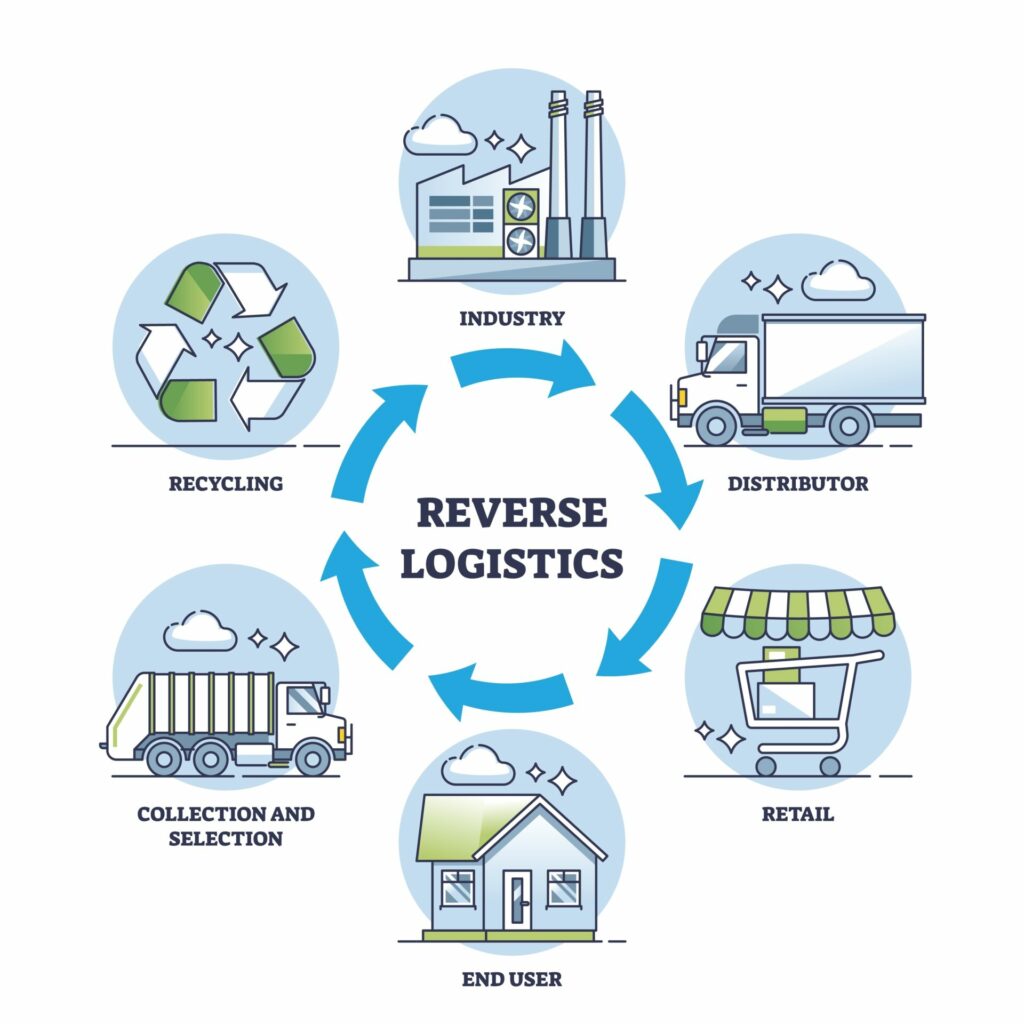Business Intelligence.
It’s a weighty phrase. And to the uninitiated, it sounds like classic corporate speak. But Business Intelligence has fast become one of the most valuable tools for ecommerce merchants.
We all understand why data analytics are key to running a successful online store, but not necessarily how to utilize these insights to inform key business decisions. This is where Business Intelligence can make all the difference to your ability to capitalize on growth opportunities and identify key trends in the customer experience.
What is Business Intelligence?
‘Business Intelligence’ or BI sounds like a fancy new buzzword, but it’s been around for a whole lot longer than ecommerce has.
The term was first coined back in 1865 to describe a simple concept; that businesses can gain a competitive edge in the marketplace by analyzing and acting on information before their rivals do. This concept was turbo-charged in the age of computers, where early Decision Support Systems (DSS) were built to assist businesses with making strategic decisions that involved huge amounts of data.
With Business Intelligence tools on their side, companies today can substantiate key business decisions with hard metrics, rather than relying just on gut instinct or guesswork.
Business Intelligence and ecommerce: A powerful duo

As we’ve said many times on this podcast, it’s never been more challenging to succeed as an ecommerce merchant. While more people are shopping online than ever before due to the pandemic, the number of brands vying for customers has also increased.
In such a crowded marketplace, being a product-centric vendor is no longer enough to stand out from the crowd – especially when there are a dozen or more brands selling similar or even the same products.
Today, it’s the experience offered by shopping with a particular brand that resonates with consumers and encourages repeat shopping behavior. Yet metrics such as brand loyalty or customer satisfaction can be notoriously difficult to define.
The trouble isn’t so much gathering data, but that we have way too much to make sense of.
In ecommerce, every stage of the customer journey brings a fresh set of metrics and data sources; demographic information, inventory and sales data, browsing histories, help desks, customer surveys, just to name a few.
According to a study by Merrill Lynch, enterprise-level companies lose as much as $6 million a year due to time wasted searching for semi-structured data in the form of emails, chatbots, images, and videos.
Business Intelligence tools have the power to remove these inefficiencies by putting all of your data in one place. Rather than having to go to separate locations to find relevant data, BI brings together multiple data sources so you can see what’s happening at your business in real-time.
For example, if you’re experiencing a spike in inquiries about late deliveries, you’ll be able to quickly identify whether specific regions or shipping methods are being affected, and if so contact your carrier to get an explanation and resolution. Without BI, you’d have to rely on your customer care team to notice this pattern, which can’t be guaranteed if you’re receiving hundreds of service requests a day.
Business Intelligence in the age of omnichannel
In the wake of COVID-19, ecommerce merchants and brick and mortar retailers alike have experienced a curious hybridization, with shopping methods like want to be able to drop off returns ‘at a convenient location’, while 56% say they have used curbside pickup in 2020.

This presents a fantastic opportunity for retailers to foster brand loyalty by offering customers greater flexibility in their shopping journeys. However, greater cross-channel activity also runs the risk of data becoming fragmented and more difficult to identify overarching trends.
With many businesses forced to make a hasty move into omnichannel as a result of in-store retail restrictions, it’s going to take powerful BI insights to make these models thrive in the long term and maintain a customer-centric experience.
As the retail landscape evolves, Business Intelligence tools are evolving right alongside to keep pace with the changing needs of ecommerce merchants and direct-to-consumer brands. Zoho Analytics has adapted its BI platform with open APIs to allow businesses to augment their platform with insights from other powerful applications. We’re also seeing the launch of new proprietary technologies that are designed with omnichannel retail in mind. Ecommerce management platform Whitebox is also set to launch Omnifi Insights, a BI tool that brings together data across selling channels, marketing campaigns, and logistics.
So, keep an eye on this space; Business Intelligence is only becoming more invaluable in ecommerce.




